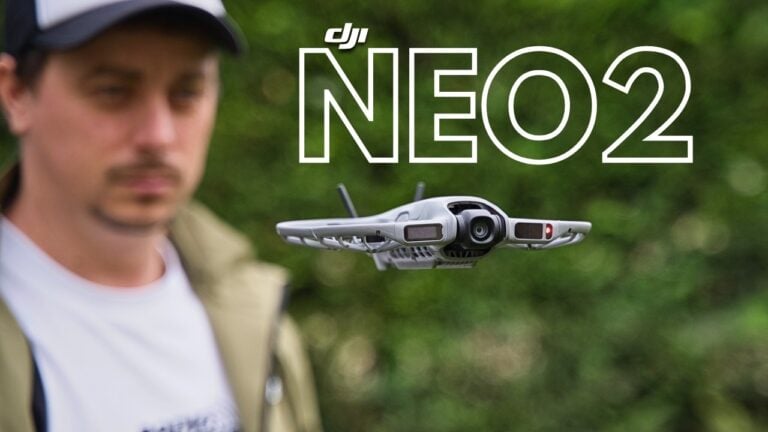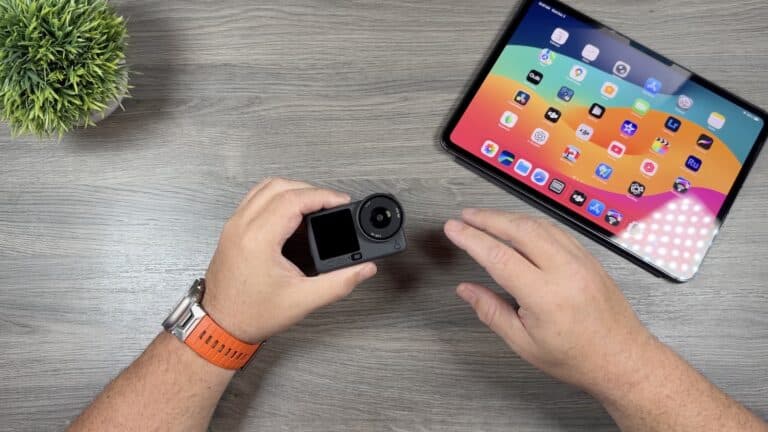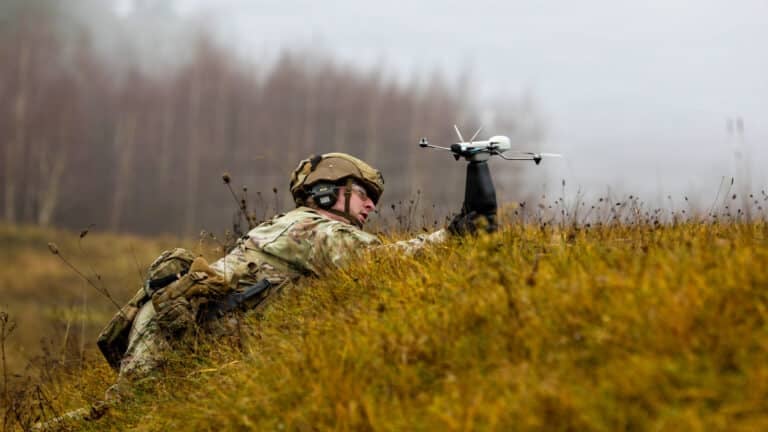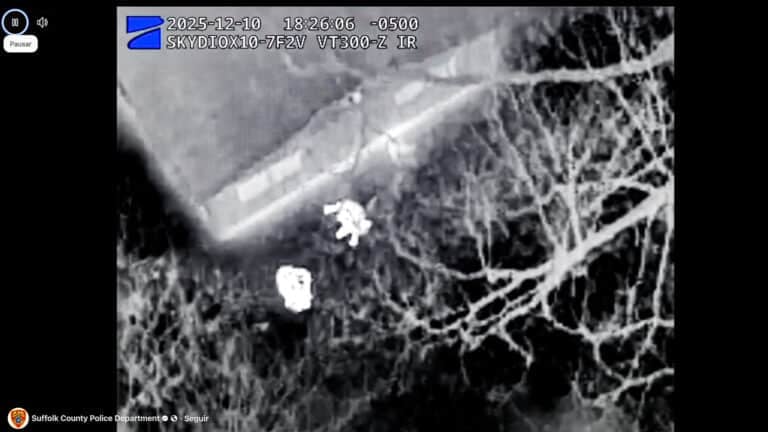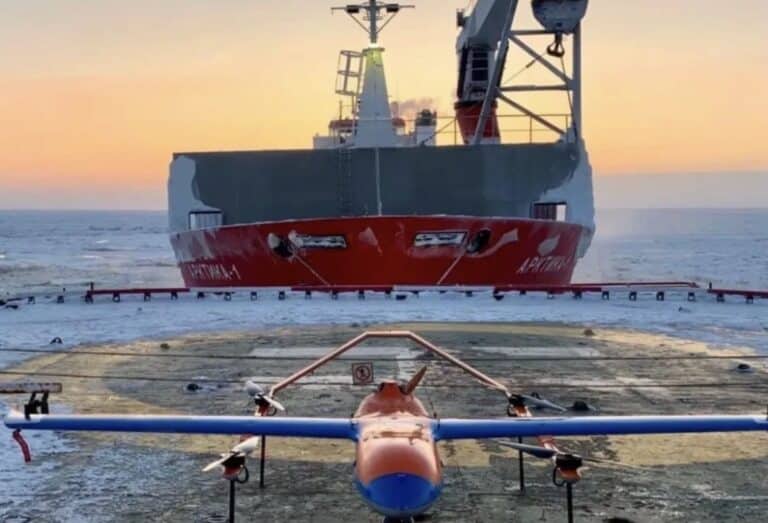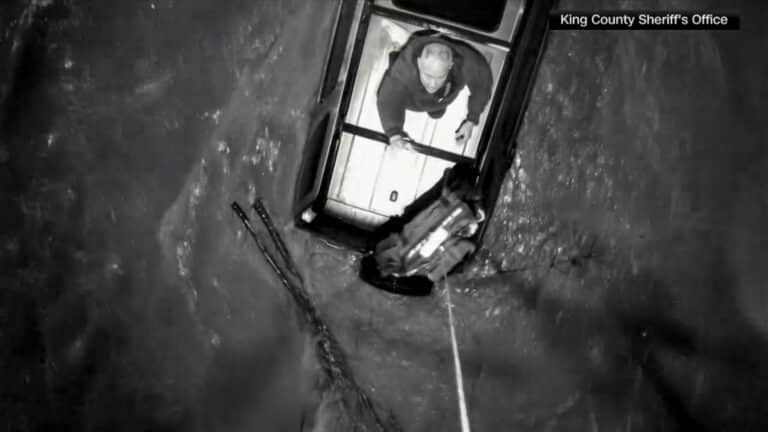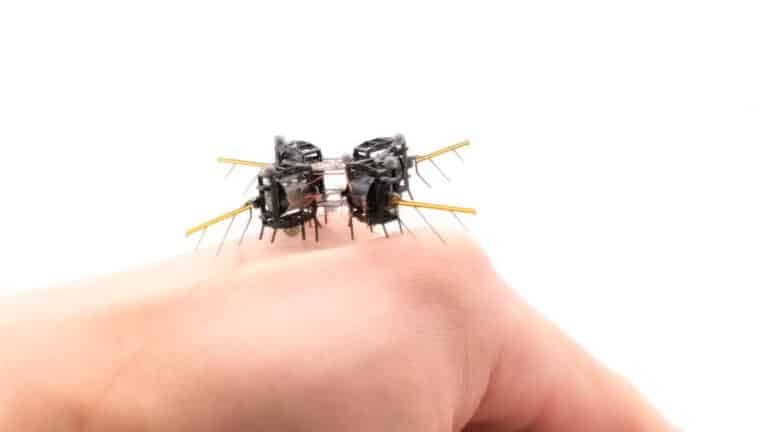Drones face FAA safety pushback as pilots union opposes Rainmaker’s cloud‑seeding plan

Amazon Drone Deals: DJI Mini 5 Pro Fly More Combo with DJI RC2 now for $1,099!
Rainmaker Technology’s plan to use small drones with cloud‑seeding flares is under fire from the Air Line Pilots Association (ALPA), which urged the FAA to deny the exemption unless stricter safety conditions are met, signaling a high‑stakes test of how regulators will treat weather modification by unmanned aircraft systems going forward, per TechCrunch’s report. The startup filed in July to carry hazardous materials on its Elijah quadcopter using “burn‑in‑place” and ejectable flares, and the FAA has since requested more details on operations and safety before ruling.
Why it matters for drone ops
ALPA told the FAA the petition “fails to demonstrate an equivalent level of safety” and poses “an extreme safety risk,” sharpening the regulatory scrutiny on high‑altitude UAS operations that intersect with controlled airspace where airliners routinely fly. Rainmaker counters that ALPA’s objections rely only on public summaries and not non‑public safety data the company submitted, arguing its mitigations and airspace coordination plans address collision and debris risks.
High‑altitude UAS with flares: the proposal
Rainmaker seeks an exemption from rules that bar small UAS from carrying hazardous materials to mount two flare types—burn‑in‑place and ejectable—on the Elijah quadcopter for dispersing seeding particles. Elijah’s maximum altitude is 15,000 feet MSL—within controlled airspace—meaning ATC authorization would be required for such flights; Rainmaker says it will operate in Class G unless otherwise authorized. The filing did not clearly specify locations or altitudes, ALPA said, while Rainmaker reportedly said the non‑public docs constrain flights to a 15,000‑foot MSL ceiling and pre‑vetted airspace deemed safe by authorities, addressing coordination concerns.
Safety, debris, and environmental concerns
The pilots union objects to the flares themselves, citing foreign object debris and fire risks, and notes the petition lacks trajectory modeling for ejectable casings or environmental analyses of chemical agents. Rainmaker’s CEO Augustus Doricko said independent bodies like the EPA and state natural resources departments have studied cloud‑seeding materials for decades without finding adverse environmental effects, and that typical operations disperse 50–100 grams of silver iodide—far less material than emissions from one hour of airline flight. Rainmaker says rural areas and private properties with established landlord partnerships would host operations, further reducing risk.
Operations, ATC coordination, and mitigations
Rainmaker said operations include broadcasting signals, intentional coordination with local ATC, certified pilots, and a collision‑avoidance setup with electronic and physical observers. Sam Kim, Rainmaker’s aviation regulatory manager, said the flare use is solely for research in controlled environments and not part of broader ongoing operations, while the company develops a proprietary aerosol system to replace flares and emit only silver iodide. The FAA’s follow‑up request for information indicates regulators want specifics on concepts of operation, airspace, and safety mitigations before deciding on the exemption.
Context: cloud seeding and current practice
Cloud seeding—in use since the 1950s—typically deploys silver iodide to nucleate ice in super‑cooled clouds, with crewed aircraft conducting most U.S. missions today in western states for ski resorts and water districts to build winter snowpack. Rainmaker’s drone‑based twist could eventually shift some missions from crewed aircraft to remotely piloted systems with tightly bounded flight profiles over rural areas, if safety cases prove out. The FAA’s response is poised to set the tone for novel cloud‑seeding approaches that leverage small UAS at altitude.
DroneXL’s Take
The core issue is whether small UAS can safely conduct research flights with flares up to 15,000 feet MSL in or near controlled airspace while managing debris, fire, and deconfliction risks to an “equivalent level of safety.” The FAA’s decision could shape future high‑altitude weather‑modification and atmospheric research frameworks for drones, including requirements for trajectory modeling, environmental analysis, ATC integration, and casing recovery. If the agency demands more rigorous modeling and operational constraints, could Rainmaker’s promised shift to a non‑flare aerosol system accelerate approvals—and set a safer template for the industry? Share perspectives and operational insights in the comments.
Discover more from DroneXL.co
Subscribe to get the latest posts sent to your email.
Check out our Classic Line of T-Shirts, Polos, Hoodies and more in our new store today!

MAKE YOUR VOICE HEARD
Proposed legislation threatens your ability to use drones for fun, work, and safety. The Drone Advocacy Alliance is fighting to ensure your voice is heard in these critical policy discussions.Join us and tell your elected officials to protect your right to fly.
Get your Part 107 Certificate
Pass the Part 107 test and take to the skies with the Pilot Institute. We have helped thousands of people become airplane and commercial drone pilots. Our courses are designed by industry experts to help you pass FAA tests and achieve your dreams.

Copyright © DroneXL.co 2025. All rights reserved. The content, images, and intellectual property on this website are protected by copyright law. Reproduction or distribution of any material without prior written permission from DroneXL.co is strictly prohibited. For permissions and inquiries, please contact us first. DroneXL.co is a proud partner of the Drone Advocacy Alliance. Be sure to check out DroneXL's sister site, EVXL.co, for all the latest news on electric vehicles.
FTC: DroneXL.co is an Amazon Associate and uses affiliate links that can generate income from qualifying purchases. We do not sell, share, rent out, or spam your email.





